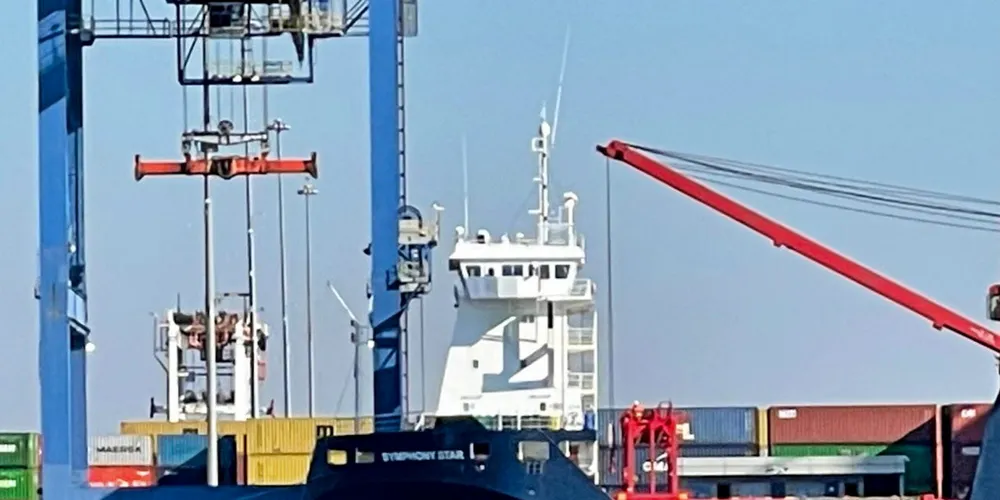'Ambitious but achievable' | 6GW more offshore wind by 2031 to generate savings for US state of Maryland: report
Study commissioned by environmental group sees added capacity and emerging supply chain driving costs down to $40/MWh and job creation

An additional 6GW of offshore wind development for the US mid-Atlantic state of Maryland by 2031 could generate over $5bn in ratepayer savings and $24bn in environmental benefits while adding thousands of jobs and driving down sector costs to $40/MWh, according to a recent report.
“It’s clear that offshore wind can offer real benefits to Marylanders, not just in energy savings but also with environmental benefits and job growth,” said Lorig Charkoudian, delegate to Maryland’s state legislature. “By investing in this industry and the infrastructure it needs to thrive, we are investing in Maryland’s economy and environment.”
The report, done by research firm Gabel Associates, investigated both high and low-cost scenarios ranging from $75/MWh, corresponding with recent auctions in both Maryland and Massachusetts, to $40/MWh, based on studies by the Special Initiative for Offshore Wind at the University of Delaware and others.
Maryland awarded US Wind’s Momentum Wind project last year at $75/MWh, while Skipjack obtained $83.85/MWh.
The low-cost scenario forecasts ratepayers saving nearly $5bn over a 30-year project lifetime. The high-cost scenario won't reduce power prices but would still drive $24bn in avoided environmental harms by replacing fossil fuel generation.
Both the high and low-cost scenarios would generate $3.5bn in investment and as much as 35,000 job-years, based on Maryland’s current projects.
US Wind is investing $227m in supply chain and workforce development, including a monopile factory at the Tradepoint Atlantic logistics hub, site of the former Bethlehem Steel’s Sparrows Point steel mill.
Orsted has pledged some $113m in investment into Maryland, and combined the projects are expected to generate over $1bn in economic activity and 10,000 job-years.
“We're already seeing that economic opportunity being created [in Baltimore County], and with this additional 6GW, we can put that in overdrive,” said Charkoudian.
The study envisions 1.5GW of offshore wind capacity added annually starting in 2028 and continuing through 2031.
Central Atlantic WEAs needed
The areas proposed by the Bureau of Ocean Energy Management (BOEM), the regulator of energy development in federal waters, contain some 20GW of potential capacity but are at risk of being significantly reduced in size in response to stakeholder concerns.
“We need to encourage BOEM to lease more wind off of Maryland’s coast,” said Josh Kaplowitz, president of offshore wind at industry trade group American Clean Power Association. “More acres leased means more projects.”
BOEM proposes lease sales in the central Atlantic by mid-2023 but considering the slow pace of project development – 8-10 years, according to BloombergNEF – it is unlikely that these areas could be deployed per the report’s timelines, and Charkoudian said more capacity could be obtained from existing leases.
Charkoudian said she is working with Maryland legislators to introduce a bill that would fund a state-backed offshore grid and direct government support for the industry.
(Copyright)